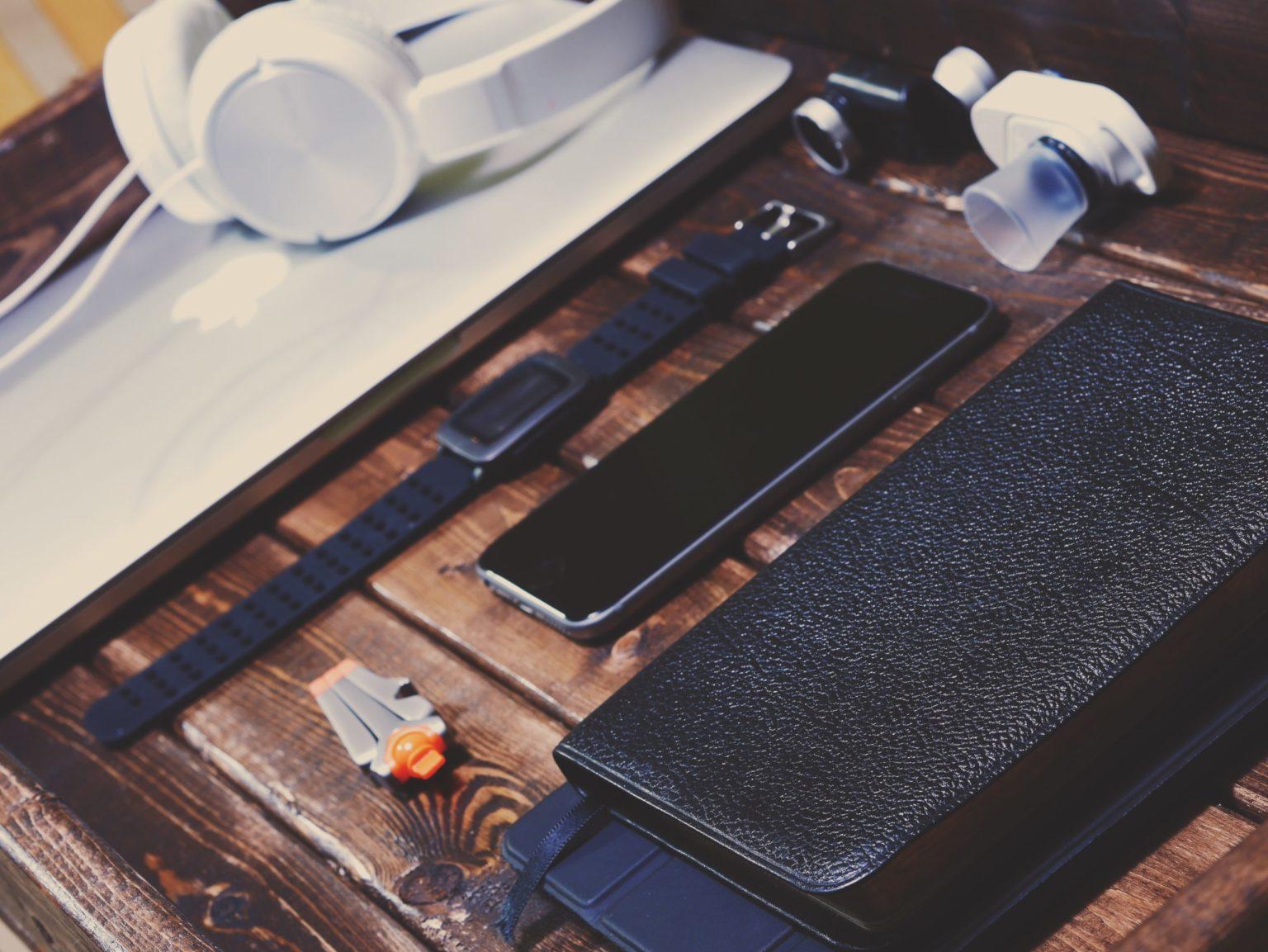Americans are wasteful people. We tend to buy cheap things and throw them out when they fall apart or stop working — which is often, because we buy such cheap stuff. This is our “throw-away society,” and it’s terrible. It’s a waste of our money, our time, and our planet.
Be different, and do better! Make your possessions last. Here’s how to do it.
Buying for life
Making your things last starts before you own them. If you want to care for something and make it last for years, then you need it to be worthy of the role: No amount of care can get a cheap T-shirt or a knock-off electronic device to last as long as something of higher quality would.
To this end, don’t be afraid to spend — wisely, of course. Do your research, and try to find brands and products that are known as reliable “for life.” Lifetime guarantees and great reviews are good indications that you’re on the right track.
Maintaining your stuff
Well-made stuff can last you a long time — as long as you take care of it. Conversely, even the best stuff on Earth can fall apart if you neglect it.
Sometimes, it’s best to invest in professional care. That’s certainly true of your car, say pros in New York State who offer automotive and diesel certifications. The investments that you make in auto maintenance will pay off when you have a more efficient ride for longer — and, of course, when you stay safe on the road.
In other cases, you may be responsible for the maintenance work yourself. Do you know how to waterproof your leather shoes? How about caring for silverware? Do your research and learn how to care for the things that you care about.
Smart and careful use
Keeping your stuff strong and reliable is about more than just keeping up with basic maintenance. It’s also about how much stress you put on your possessions as you use them.
Let’s return to the example of the car. It’s great to be changing the oil and the brake pads, but even quality maintenance will fail in the face of destructive use. And we’re not just talking about crashing your car. Things such as speedy acceleration, slamming on the brakes, and taking turns at high speeds can put some serious wear and tear on your vehicle’s guts. Driving “hard” can accelerate a vehicle’s depreciation. For the same reason that you might be wary of buying an old squad car at a police auction, you shouldn’t be driving your vehicle around as if you’re filming that scene from Bullitt.
Learn how to use your stuff properly. Drive your car carefully, use proper technique with your sporting equipment, and be smart about how you browse the internet with your fancy computer. Do your research and treat your gear well — it will last longer.
Repair versus replacement
Even if you take great care of your stuff, providing regular maintenance and using it all properly, there’s always a chance that you’ll have something break down on you. It happens. Maybe you slipped up for just a moment and dropped your fancy iPhone, or maybe you did nothing wrong at all and simply got unlucky or used your quality goods so long that they couldn’t make it any further.
When these moments arrive, it’s time to think: Should you repair or replace your stuff? If you’re looking to become less wasteful and more adept at making your stuff last, you should favor repair.
So don’t get a new iPhone just because the screen broke on yours. Instead, Google “iPhone repair near me” and find a decent repair shop that will work on your phone (figure out if you’re under any warranties and make sure that you pick a qualified repair shop). A repair can save you money and keep your phone going for longer. While you’re there, get a decent screen and take care of any other repair or maintenance issues.
If you do end up deciding that you simply have to get a new item, that’s OK. Just remember to buy the best one you can, then start this whole cycle over again.






